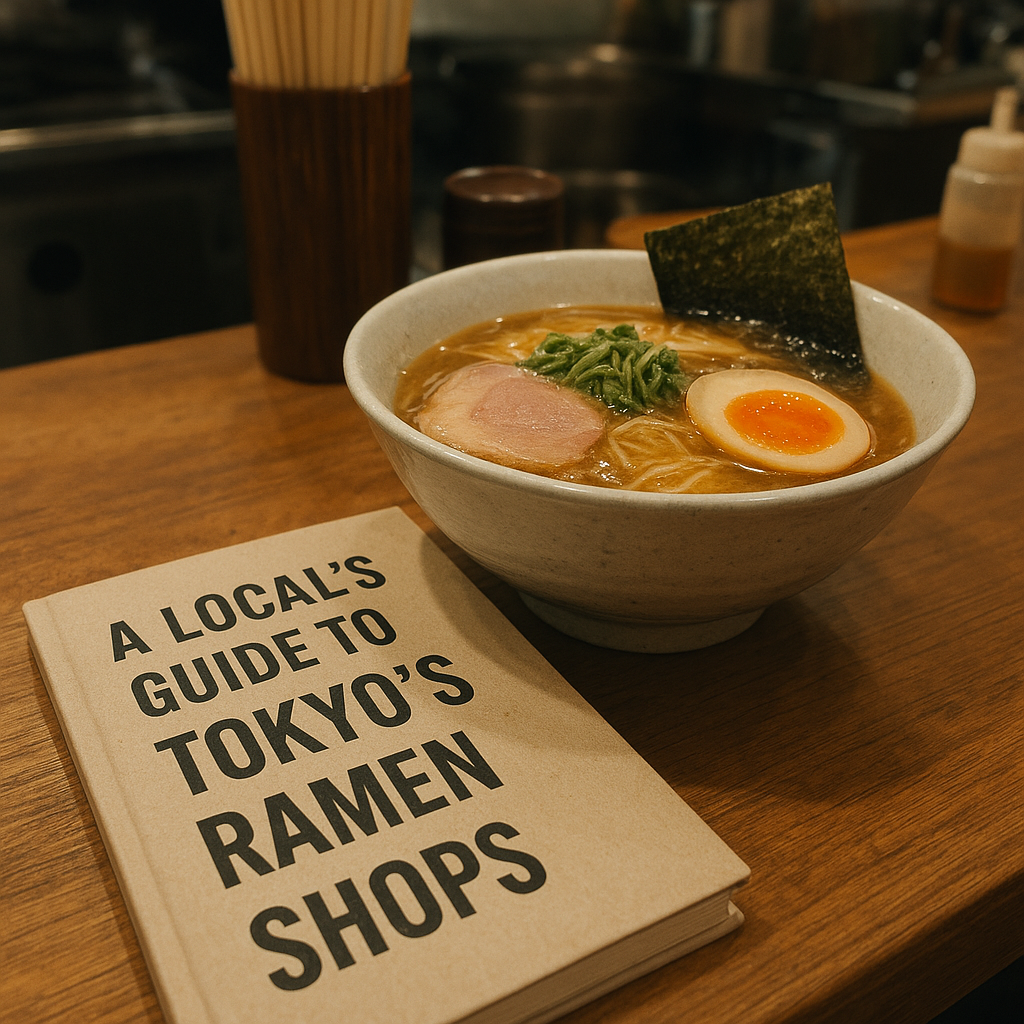Asakusa remains one of Tokyo’s most evocative neighborhoods, where the echoes of the Edo period blend seamlessly with modern city life. Wandering through its narrow lanes, you will discover a world of tradition, culture, and timeless charm. From the imposing gate of Sensō-ji to the humble stalls of street vendors, every corner of Asakusa tells a story of Japan’s rich past.
Exploring the Sacred Grounds of Sensō-ji
Visitors often gather at the Kaminarimon, or “Thunder Gate,” with its enormous red lantern and bold black characters. Stepping beyond this impressive threshold, you enter a courtyard where pilgrims and tourists alike pay respects at Japan’s oldest Buddhist shrine. The approach to the main hall, known as Nakamise-dōri, is lined with vendors offering traditional snacks and handcrafted souvenirs. In spite of the crowds, the air here carries a solemn yet uplifting spiritual atmosphere.
Architectural Marvels
Sensō-ji’s main hall, or Hondō, showcases classic Japanese architecture with its sweeping tiled roof and intricate wooden joinery. The current structures, rebuilt after World War II, faithfully replicate designs dating back centuries. Pay attention to the vibrant paintings and kremlin-style carvings that depict guardian deities and scenes from Buddhist lore.
Rituals and Practices
- Omikuji (fortune slips): Drop a coin, draw a paper strip, and learn your luck for the year.
- Purification Fountain: Use the ladles to rinse your hands and mouth before approaching the main altar.
- Offering Prayers: Ring the bell and clap twice to draw the deity’s attention before making a wish.
Nakamise Shopping Street: A Merchant Tradition
Stretching nearly 250 meters between Kaminarimon and the temple’s second gate, Nakamise Shopping Street has served merchants since the 17th century. Today’s stalls continue the legacy, selling handcrafted goods that honor centuries-old techniques. From colorful kimonos and crafts to sweet rice crackers (senbei), this pedestrian thoroughfare is a feast for the senses.
Must-Try Delicacies
- Age-manju: Deep-fried buns filled with sweet red bean paste.
- Karinto: Crunchy, deep-fried dough flavored with brown sugar.
- Yaki-dango: Grilled rice dumplings glazed with soy sauce.
- Kaminari-okoshi: Puffed rice candy bound with syrup and seeds.
Each bite reveals a layer of Tokyo’s culinary history, offering a delightful contrast to the high-tech glitz found elsewhere in the city.
Traditional Souvenirs
Shoppers seeking authentic mementos can browse for:
- Uchiwa fans painted with ukiyo-e motifs
- Edo kiriko glassware featuring cut-pattern designs
- Hand-carved wooden netsuke and small decorative trinkets
- Asakusa-themed tenugui (Japanese hand towels)
Festivals and Street Performances
Throughout the year, Asakusa hosts some of Tokyo’s most spirited festivals. The highlight is the Sanja Matsuri, held each May. For three days, thousands of worshippers gather to parades dozens of ornate mikoshi (portable shrines) through the district’s winding streets. Drummers, dancers, and costumed performers inject an electric energy into every alleyway.
Sanja Matsuri Highlights
- Parade of portable shrines: Feel the tremor of the heavy carrier’s footsteps.
- Traditional drumming: Join in the rhythmic taiko beat echoing through the night.
- Local vendors: Sample sake and street food at pop-up stalls lining the route.
Even outside festival dates, you can catch traditional dance troupes performing near the temple plaza. These intimate shows celebrate everything from classical kabuki to folk dances once performed for rice planting rituals.
Hidden Gems Beyond the Main Thoroughfares
While Sensō-ji and Nakamise receive most of the attention, true explorers will discover quieter pockets revealing Asakusa’s layered history. Follow side streets toward the Sumida River, where a leisurely cruise offers panoramic views of both ancient temples and modern skyscrapers. Alternatively, opt for a rickshaw ride to cruise through narrow lanes while a guide explains local lore.
Sumida River Cruise
- Daytime tours: See Tokyo Skytree rising above old merchant houses.
- Sunset cruises: Watch the water shimmer as lights emerge along the banks.
- Seasonal experiences: Cherry blossom viewing in spring, firework displays in summer.
Asakusa’s Back Alleys
Venture into the labyrinth of small restaurants and hidden bars tucked away from the main drag. These cozy ambiance-rich venues serve handcrafted sakes and simmering bowls of noodle soup known only to regulars. Seek out local izakaya where elderly patrons sip their drinks at lunchtime—here you will witness a living snapshot of Tokyo’s past.
Preserving a Legacy in a Modern Metropolis
Asakusa stands as a testament to Tokyo’s ability to honor its heritage while embracing progress. The district’s festivals, sacred sites, and age-old vendors coalesce to form a vibrant tapestry that refuses to be overshadowed by neon lights and towering condos. Whether you come to pray, shop, eat, or simply absorb the Edo-era spirit, Asakusa offers a rare glimpse into the heart of traditional Tokyo.












